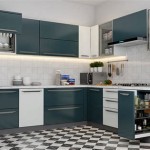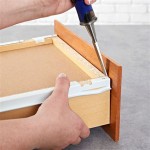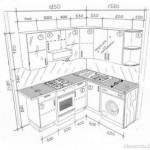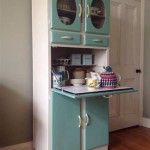Kitchen Cabinets Moldings: A Comprehensive Guide to Essential Aspects
Kitchen cabinets moldings, as nouns, serve decorative and functional purposes, influencing the aesthetics and practicality of your kitchen cabinetry. Understanding the essential aspects of kitchen cabinet moldings empowers homeowners and designers alike to make informed decisions that enhance the overall design. This article highlights the crucial aspects to consider, from material selection to design options, to ensure that your kitchen cabinets make a stunning and lasting impression. ### Material Considerations The material you choose for your kitchen cabinet moldings affects both their durability and aesthetic appeal. Common choices include: -Wood:
Natural and versatile, offering a wide range of finishes and styles. -MDF:
Manufactured wood that is moisture-resistant and affordable. -Plastic:
Durable and easy to clean, but may have limited design options. -Metal:
Strong and modern, available in various finishes. ### Design Options Moldings come in a variety of designs, each with its unique aesthetic impact: -Crown Molding:
Placed at the top of cabinets, adding height and grandeur. -Base Molding:
Used at the bottom of cabinets, creating a finished look. -Valance Molding:
Decorative trim extending from the bottom of the upper cabinets to cover the gap between them and the counter. -Scribe Molding:
Used to conceal imperfections between cabinets and walls or ceilings. ### Choosing the Right Size and Shape The size and shape of the molding influence its prominence and the overall look of the cabinetry. Consider the following factors: -Cabinet Size:
Larger cabinets can accommodate more elaborate moldings. -Kitchen Style:
Traditional kitchens often use larger, ornate moldings, while modern kitchens favor simpler, streamlined designs. -Room Size:
In smaller kitchens, excessive molding can make the space feel cluttered. ### Functionality Beyond aesthetics, moldings also serve functional purposes: -Protecting Cabinets:
Base moldings protect cabinets from water damage and wear and tear. -Concealing Gaps:
Scribe moldings hide imperfections, creating a seamless transition between cabinets and other surfaces. -Enhancing Aesthetics:
Moldings highlight cabinet details and add visual interest to the kitchen. ### Conclusion Kitchen cabinets moldings are an integral part of kitchen design, influencing the overall aesthetics, functionality, and style. By understanding the essential aspects covered in this article – material considerations, design options, size and shape, and functionality – homeowners and designers can make informed choices that will enhance their kitchen's beauty and functionality for years to come.
3 Ways To Enhance Your Kitchen With Crown Molding

11 Kitchen Cabinet Crown Molding Ideas For Your

Decorative Molding Timberlake Cabinetry

Adding Moldings To Your Kitchen Cabinets Remodelando La Casa

Adding Crown Molding To Cabinets Young House Love

3 Ways To Enhance Your Kitchen With Crown Molding

A Guide To Crown Molding For Kitchen Cabinets Mimosa Bath

Diy Kitchen Cabinet Upgrade With Paint And Crown Molding

9 Molding Types To Raise The Bar On Your Kitchen Cabinetry

Crown Moulding The Recently Rediscovered Kitchen Solution
Related Posts








